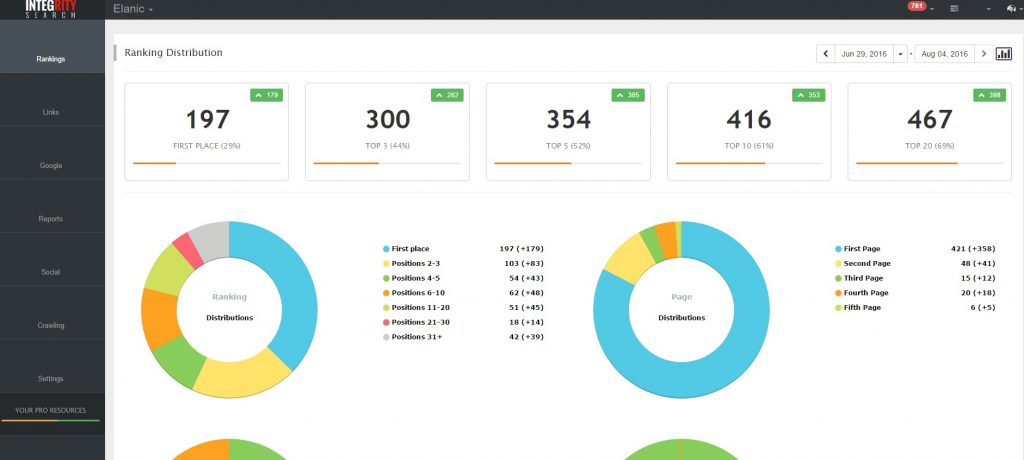We hope you enjoy reading this blog post
If you need help with website or marketing, book a call with our team for a free 360° overview and actionable recommendations report. Book a call

If you need help with website or marketing, book a call with our team for a free 360° overview and actionable recommendations report. Book a call

Anyone who has any experience with website design knows that SEO is the key to achieving a fantastic ranking; however, when people think of user experience, professionals often cringe. For those unaware, SEO stands for search engine optimization. When people enter a search query, the search engine searches the bowels of the internet to find the most relevant results. One of the factors it considers is user experience, or UX. This is a nebulous metric that most people struggle to meet, but the experience of potential clients is important. Here are four key metrics that SEOs must master with regards to the experience of their users or visitors.
Many people wonder how the search engine quantifies the user experience. They often analyze how much time users spend on a potential website, or their dwell time. The longer a user spends, the more relevant the website will be with similar queries in the future. If they bounce back to the results page quickly, this website will fall on the list. Design the web page with dwell time in mind.
The fact is, even the URL can be populated with rich keywords that the search engine will reward in the ranking. This is absolutely user experience friendly because URLs with keywords related to the search query are easy for users to remember. If the users find the URL attractive, it is absolutely more relevant and will be reflected in the ranking.
Most people’s heads are now spinning with this giant word. In short, a concatenation schema is a way of designing the categories and subcategories within a website in such a way that is easy for users to navigate. This includes link locations and URLs. Obviously, if the user can easily navigate the page, it is UX friendly.
It is unusual for people to find all of the answers on the first web page. Therefore, make sure the site has links to other relevant content. Google will track how often the links are clicked on. The more links that are clicked on, the better the result ranking will be.
Please complete the form below and one of our team members will be in touch shortly.